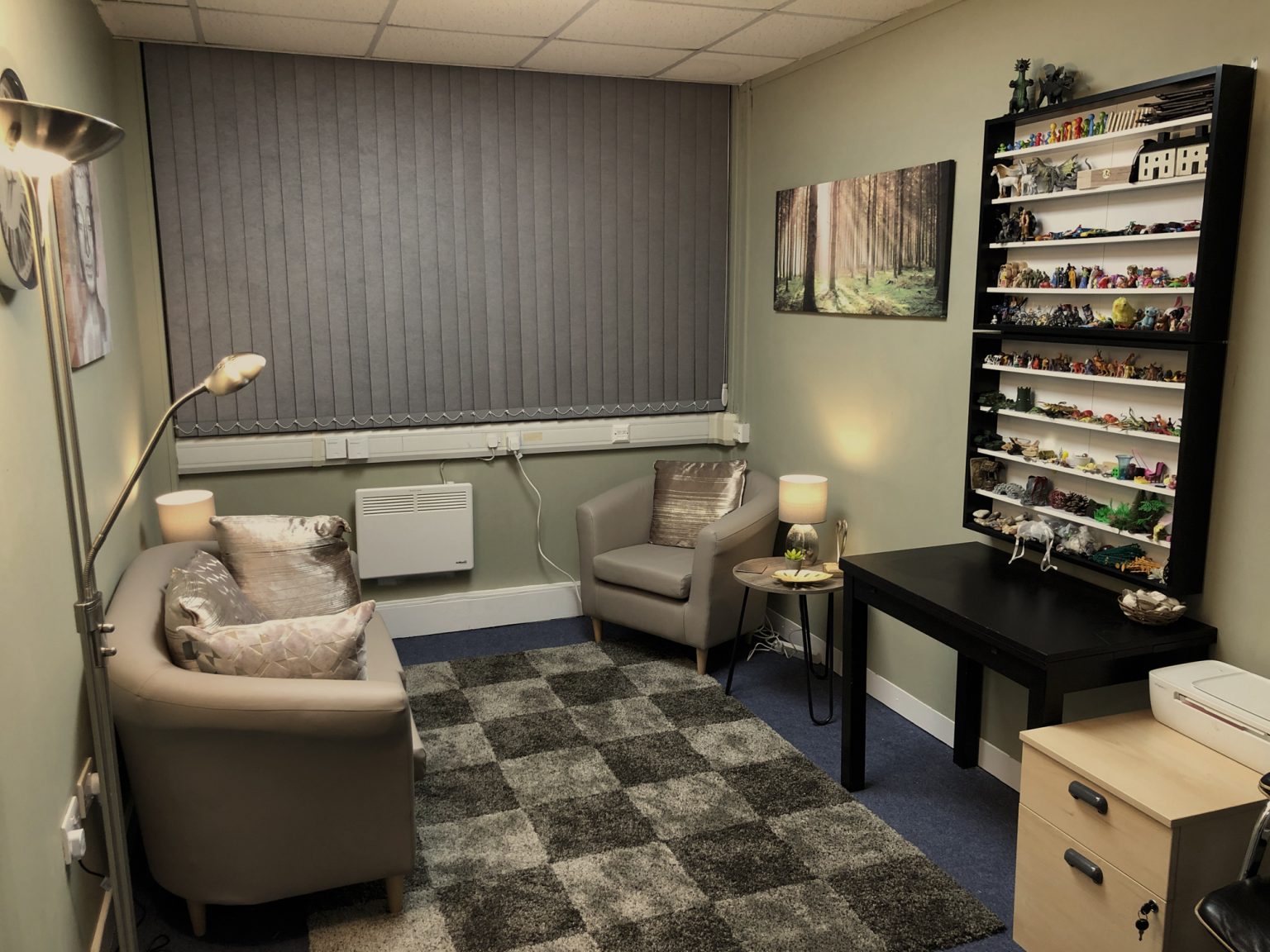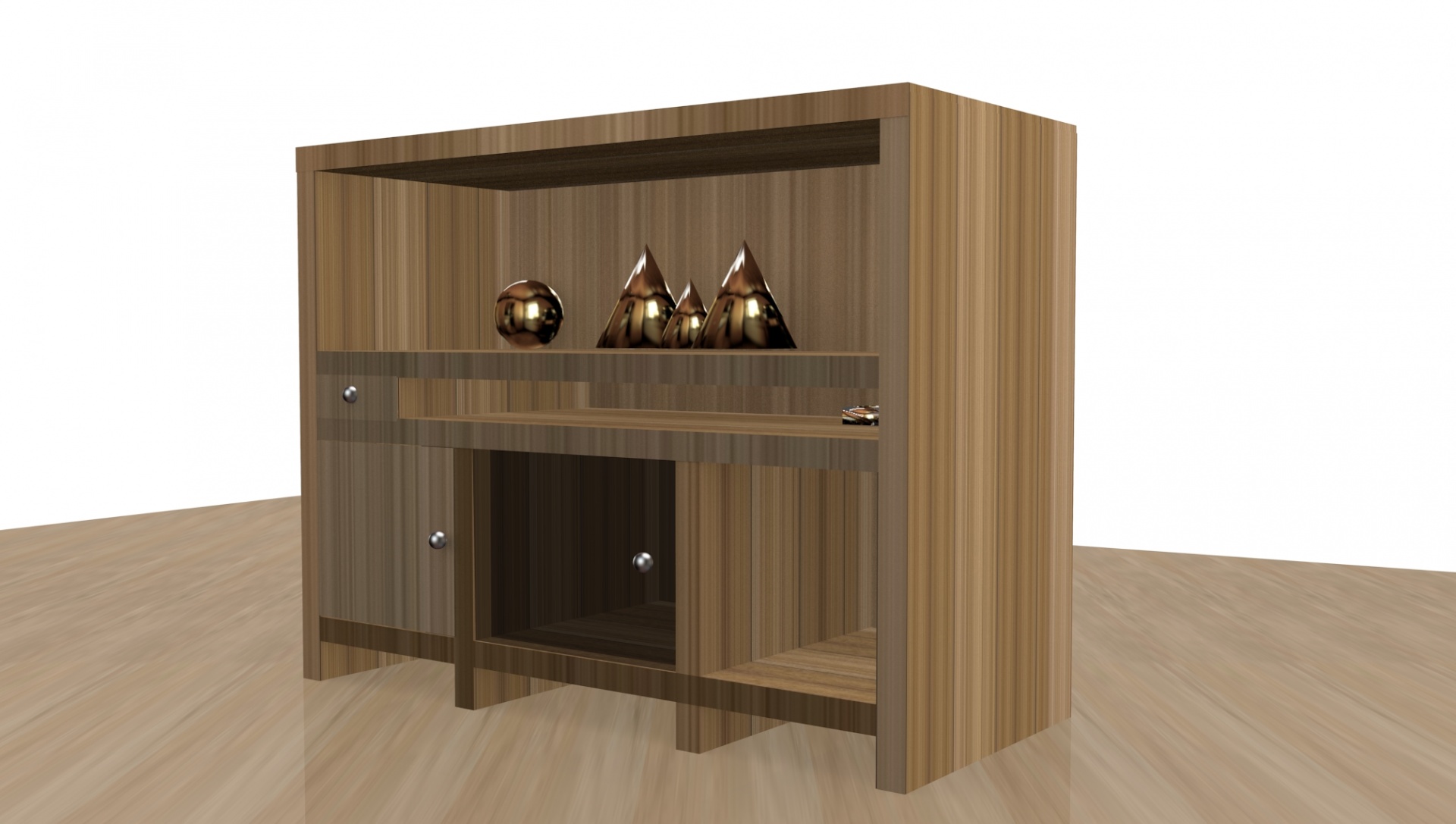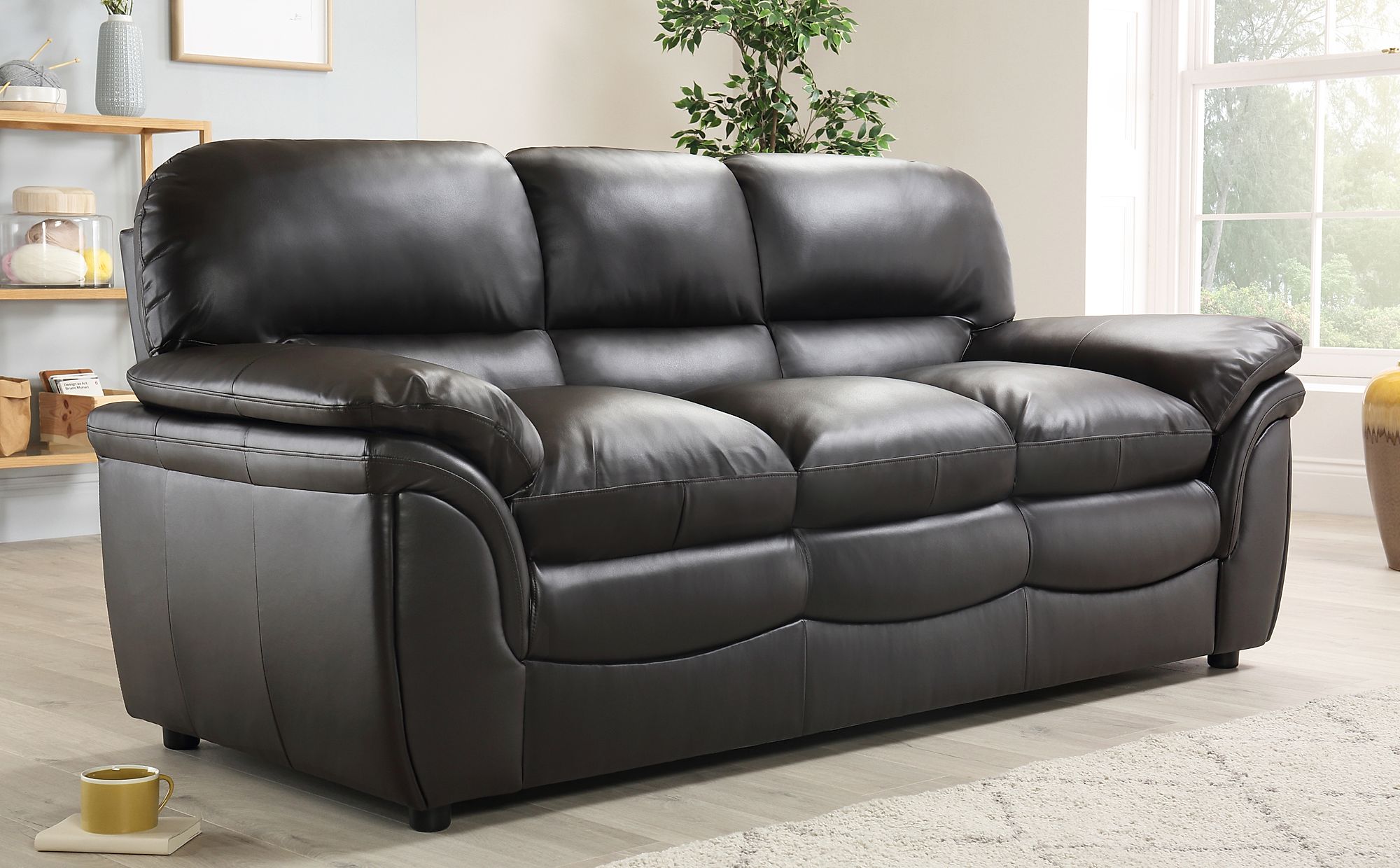Living Room Mental Health: How to Create a Calming Space
Your living room is more than just a place to relax and entertain - it can also have a big impact on your mental health. Creating a calming and peaceful space in your living room can help reduce stress and promote overall well-being. Here are 10 tips to transform your living room into a sanctuary for your mental health.
5 Ways to Improve Your Mental Health in Your Living Room
Your living room should be a space that makes you feel good and helps you unwind after a long day. To boost your mental health, try incorporating these five elements into your living room: natural light, plants, comfortable seating, calming colors, and personal touches. These simple changes can make a big difference in your overall well-being.
The Impact of a Cluttered Living Room on Mental Health
A cluttered and disorganized living room can be a major source of stress and anxiety. It can make it difficult to relax and can even affect your mood and mental state. To combat this, make it a habit to declutter and organize your living room regularly. This will not only create a more visually appealing space, but it can also promote a sense of calm and peace in your mind.
Using Feng Shui to Promote Mental Health in Your Living Room
Feng Shui is an ancient Chinese practice that focuses on the arrangement and flow of energy in a space. By incorporating elements of Feng Shui into your living room, you can create a harmonious and balanced environment that promotes positive energy and supports your mental health. Some simple changes you can make include decluttering, using natural materials, and incorporating soothing colors.
Creating a Mindful Living Room for Better Mental Health
Mindfulness is the practice of being present in the moment and paying attention to your thoughts, feelings, and surroundings. By designing your living room with mindful elements, such as comfortable seating, calming scents, and peaceful decor, you can create a space that encourages relaxation and mindfulness. This can help reduce stress and improve your overall mental well-being.
How Natural Light in Your Living Room Can Improve Mental Health
Exposure to natural light has been linked to improved mood and mental health. When designing your living room, try to incorporate as much natural light as possible. This can include positioning your furniture near windows, using light-colored curtains, and keeping the room well-lit during the day. Not only will this enhance the aesthetic of your living room, but it can also have a positive impact on your mental state.
The Benefits of Incorporating Plants in Your Living Room for Mental Health
Plants not only add a touch of nature to your living room, but they also have numerous mental health benefits. Studies have shown that having plants in your living space can improve mood, reduce stress, and increase feelings of well-being. Consider adding some low-maintenance plants, such as succulents or peace lilies, to your living room for a natural boost to your mental health.
Designing a Cozy Living Room for Mental Health and Well-Being
A cozy and comfortable living room can do wonders for your mental health. When designing your space, think about incorporating elements that make you feel warm and relaxed, such as soft blankets, plush pillows, and warm lighting. Creating a cozy atmosphere can help you feel more at ease and can promote feelings of comfort and contentment.
Using Color Psychology to Enhance Mental Health in Your Living Room
Color has a powerful effect on our mood and emotions. By understanding the principles of color psychology, you can use certain colors in your living room to promote positive mental states. For example, blue is known to have a calming effect, while green can evoke feelings of balance and harmony. Consider incorporating these colors into your living room to enhance your mental health.
The Role of Comfortable Furniture in Promoting Mental Health in Your Living Room
The furniture in your living room should not only be aesthetically pleasing but also comfortable and supportive. Sitting on uncomfortable furniture for long periods can lead to physical discomfort, which can affect your mental state. When selecting furniture for your living room, prioritize comfort and choose pieces that will make you feel relaxed and at ease.
The Impact of House Design on Mental Health
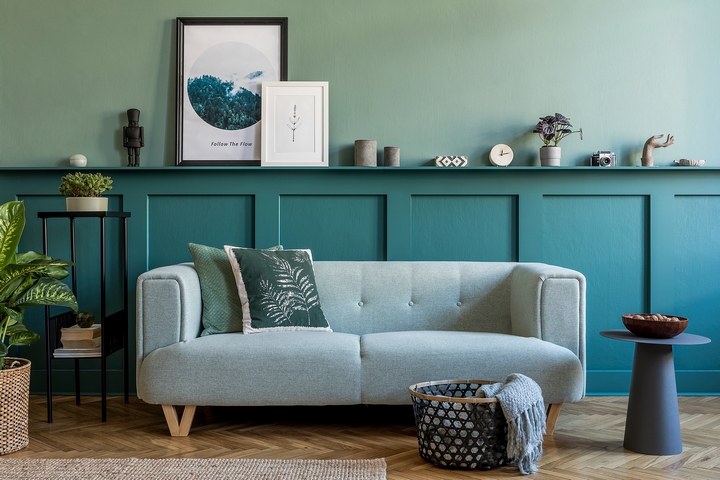
In today's fast-paced world, mental health has become a growing concern. With the constant stress and pressure of work and daily life, it's important to create a peaceful and calming environment at home. Living rooms are often the central space in a house where families come together to relax and unwind. As such, the design and layout of the living room can have a significant impact on one's mental health and well-being.
The Power of Natural Light

One of the key elements in house design that can greatly affect mental health is natural light. Exposure to natural light has been linked to improved mood, increased productivity, and better sleep quality. Therefore, it's important to incorporate large windows or skylights in the living room to allow for ample natural light to enter the space.
Furthermore, natural light can also help regulate the body's circadian rhythm, which is responsible for controlling our sleep-wake cycle. This can be especially beneficial for those who struggle with mental health issues such as depression and anxiety, as disrupted sleep patterns can further exacerbate these conditions.
The Importance of Color

The color scheme of a living room can also have a significant impact on one's mental state. Certain colors have been found to have a calming effect, while others can stimulate the brain and increase energy levels. Neutral colors such as beige, light grey, and soft shades of blue and green can create a soothing and relaxing atmosphere in the living room.
On the other hand, bold and bright colors can be overwhelming and may cause feelings of anxiety and stress. It's important to strike a balance and use pops of vibrant colors in moderation to add visual interest without being overpowering.
The Role of Clutter
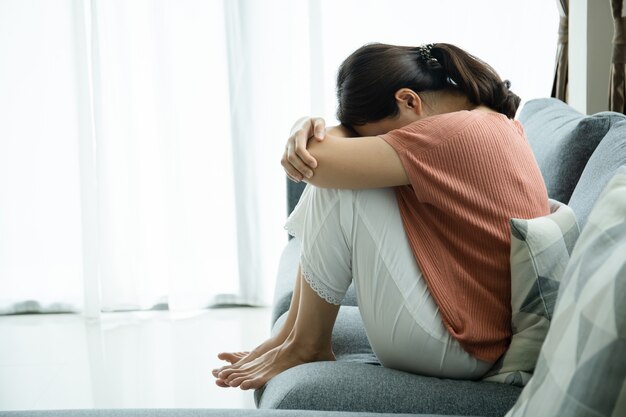
Clutter in the living room can also have a negative impact on mental health. A cluttered and disorganized space can create a sense of chaos and increase stress levels. On the other hand, a clean and clutter-free living room can promote a sense of calm and relaxation.
Make sure to have sufficient storage solutions in the living room to keep things organized and tidy. This not only helps create a visually appealing space but also promotes a sense of control and order, which can positively impact one's mental state.
Overall , the design of a living room plays a crucial role in maintaining good mental health. By incorporating elements such as natural light, calming colors, and a clutter-free environment, one can create a peaceful and tranquil space to unwind and destress. So next time you're redecorating your living room, keep in mind the impact it can have on your well-being.



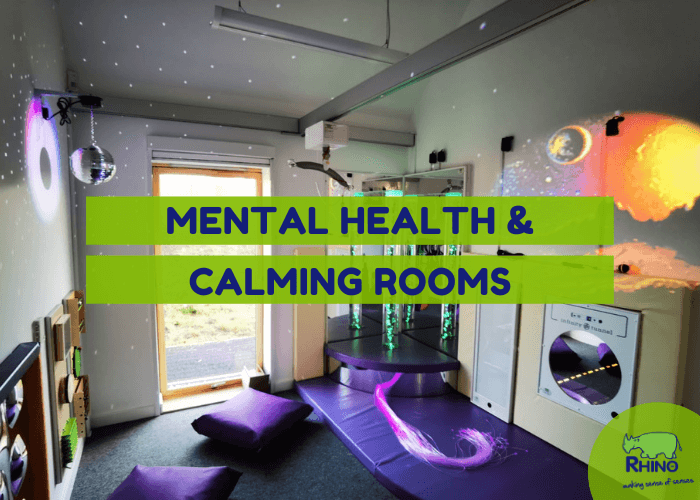



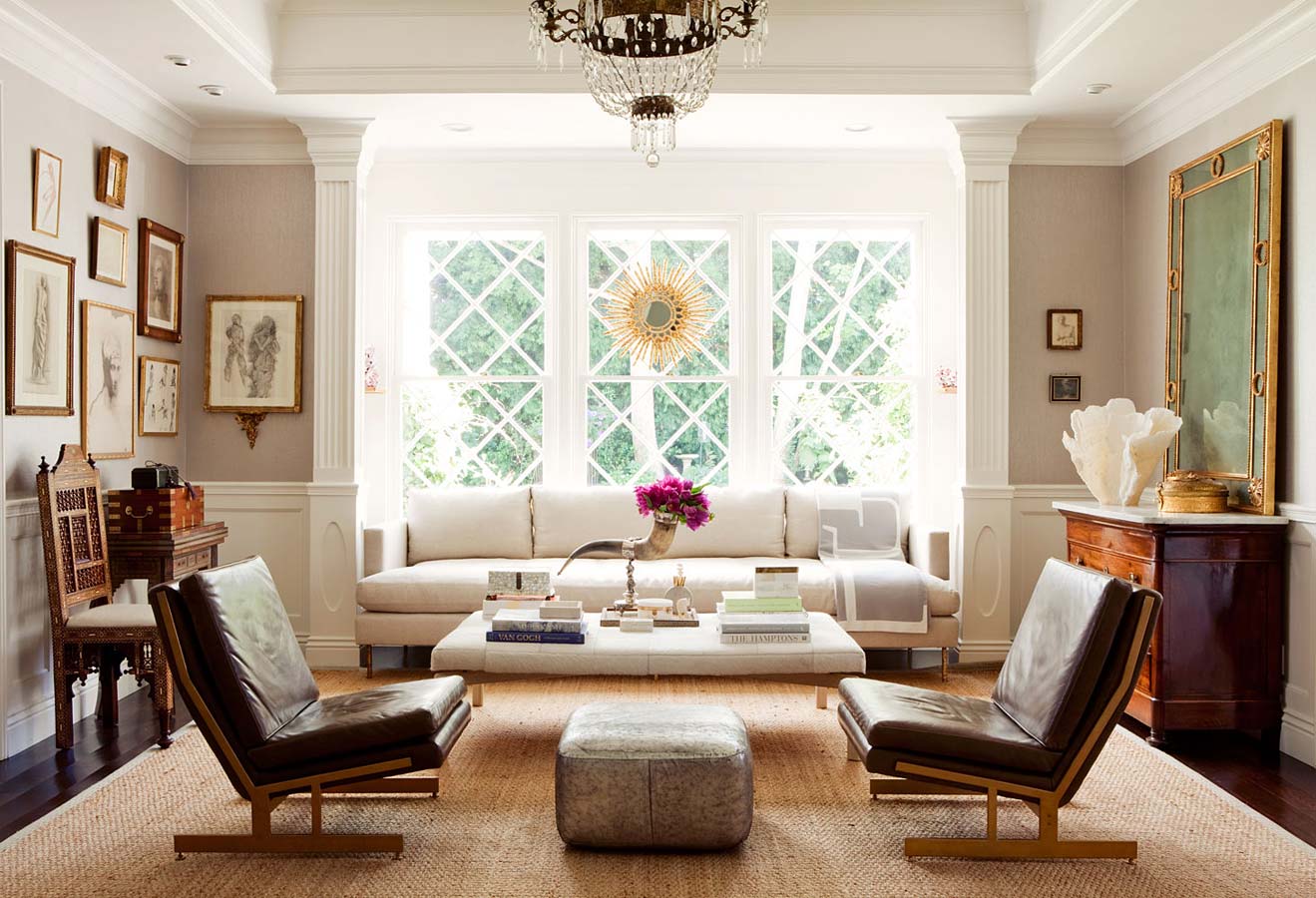
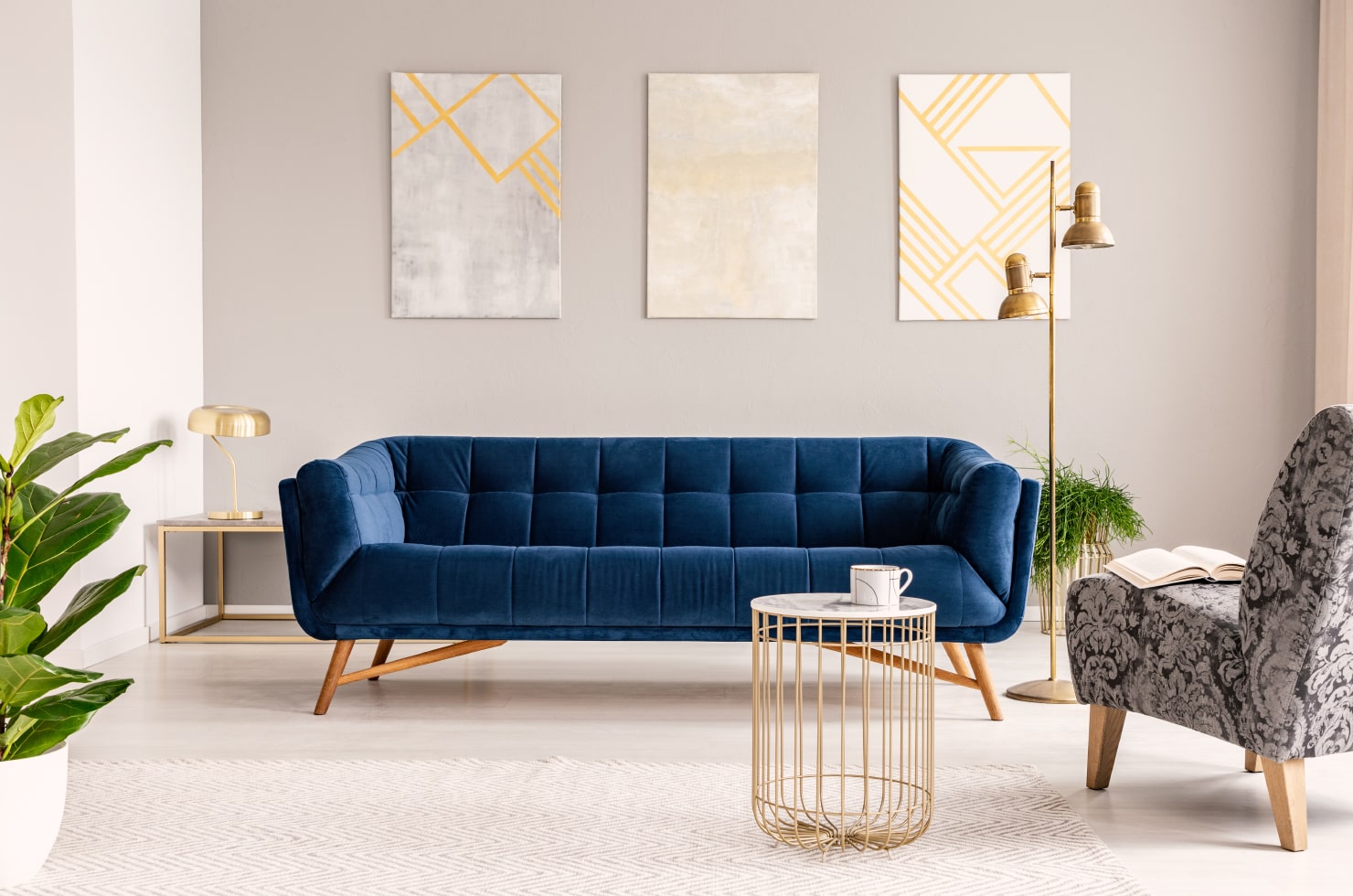




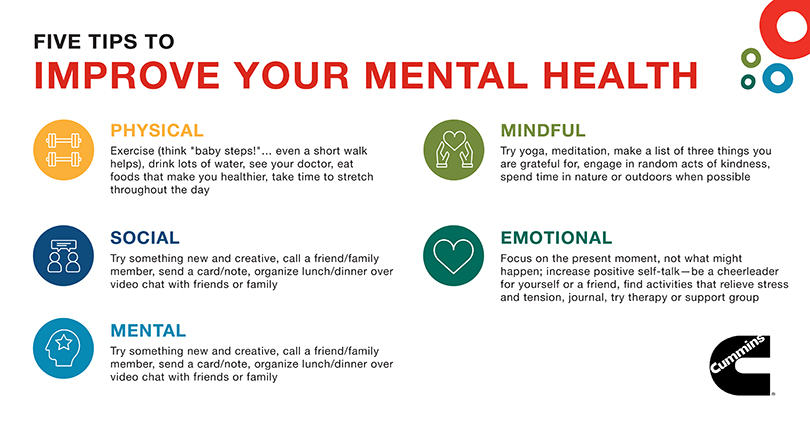
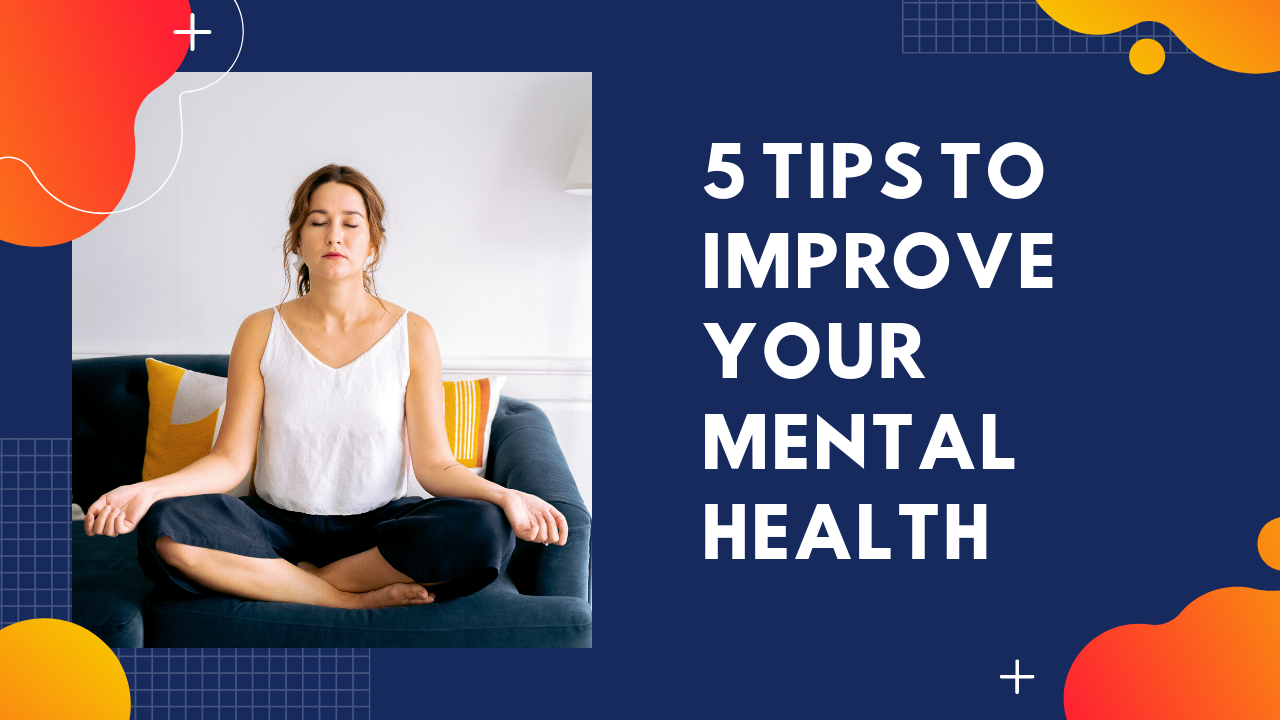


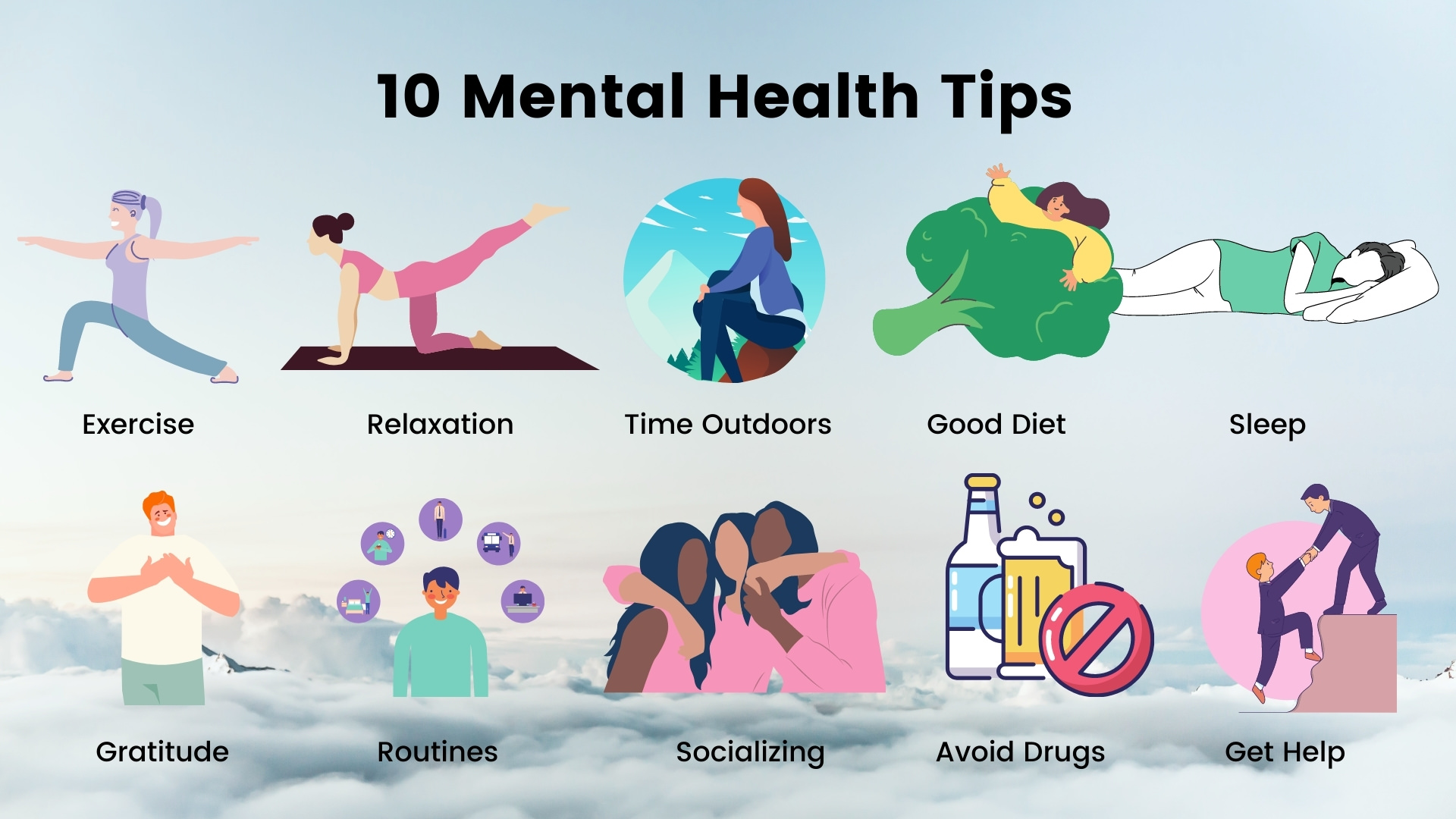



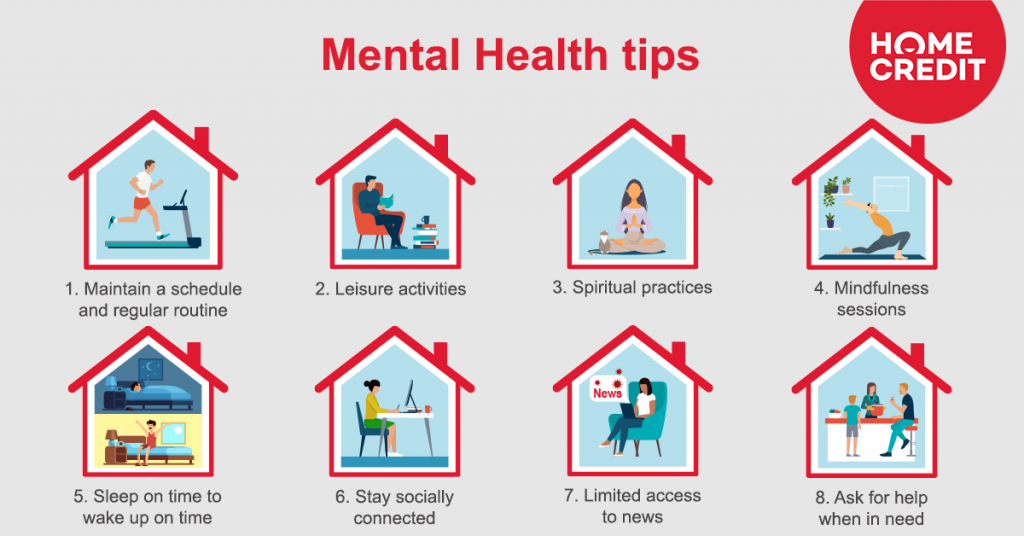













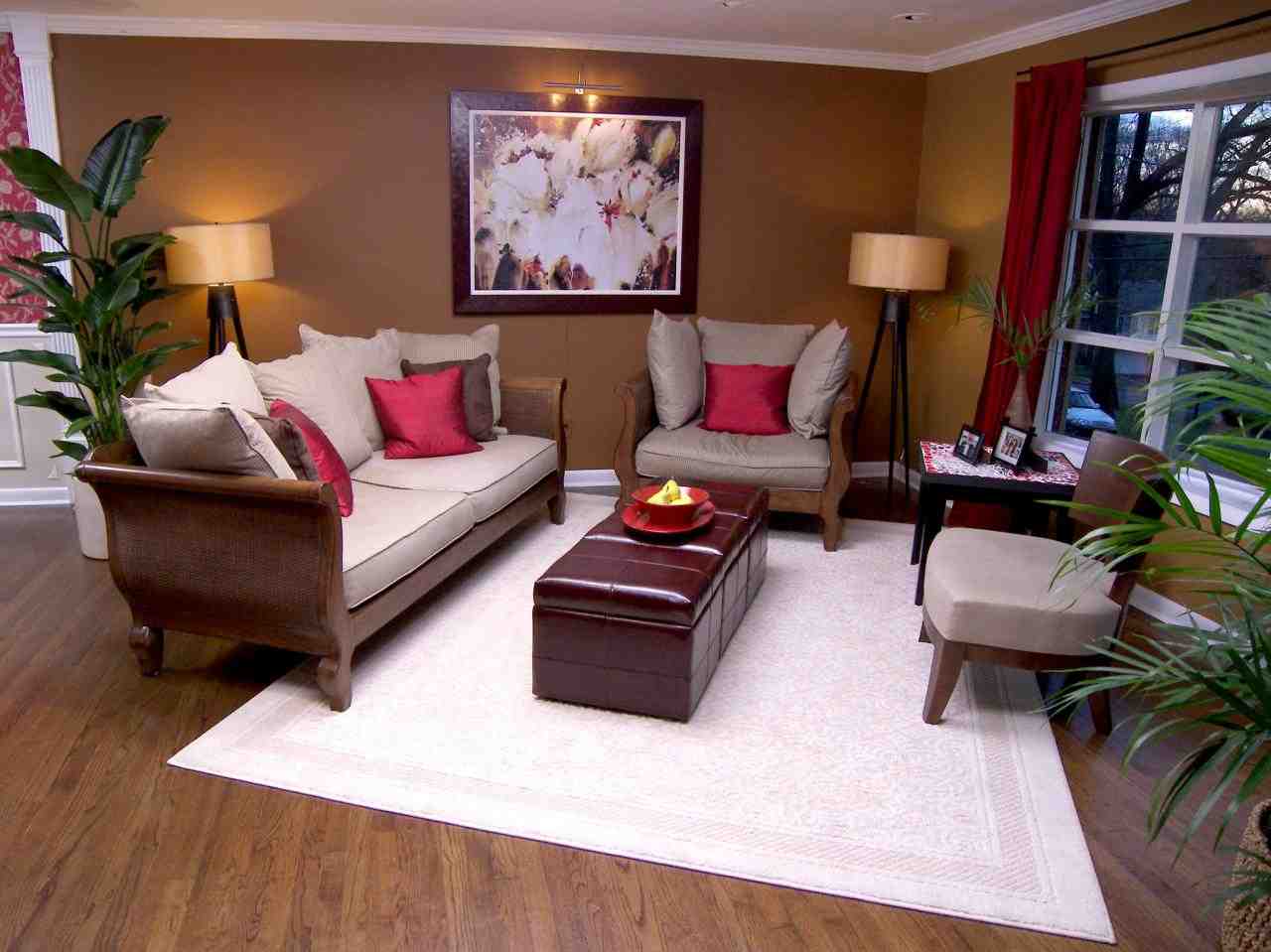










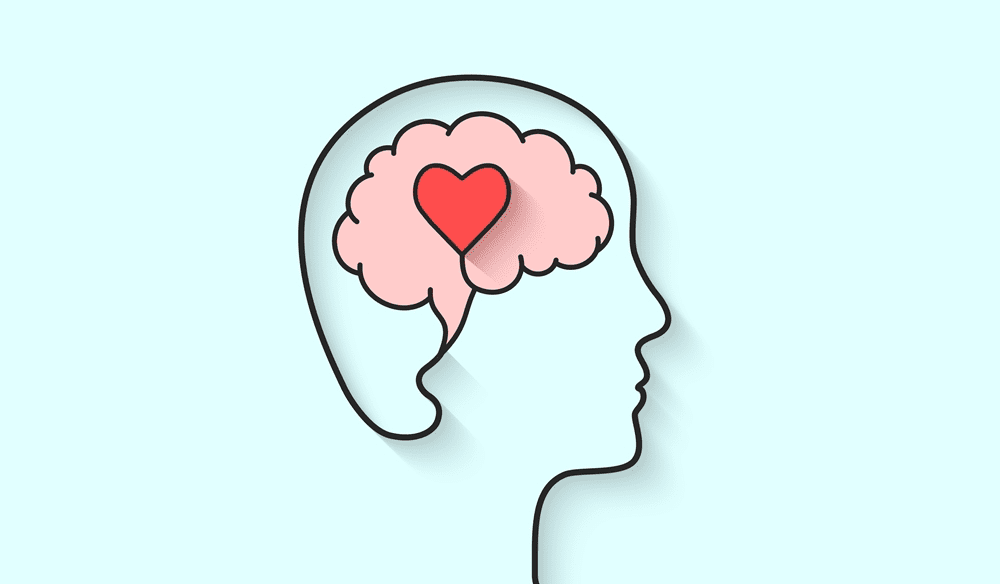







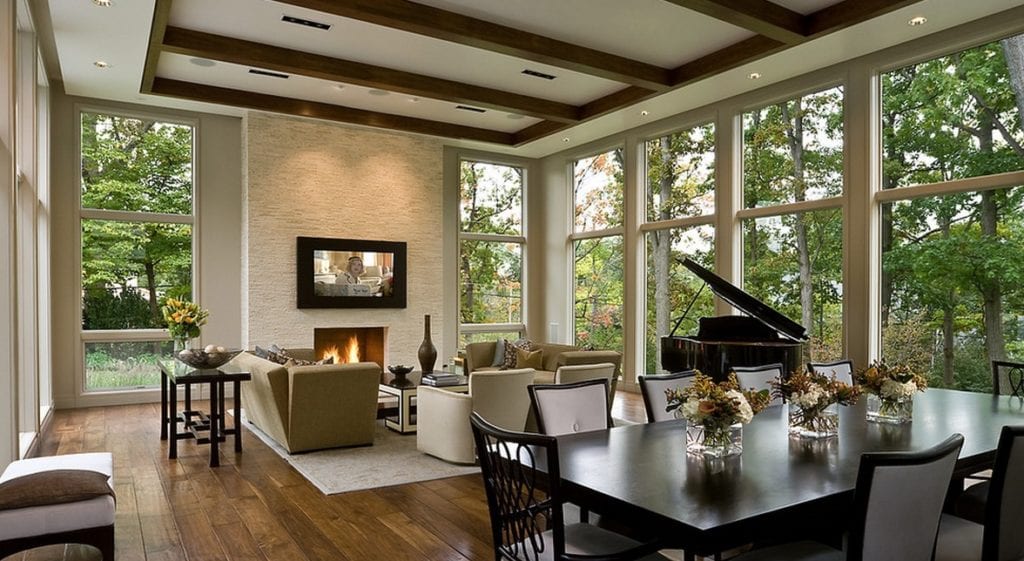
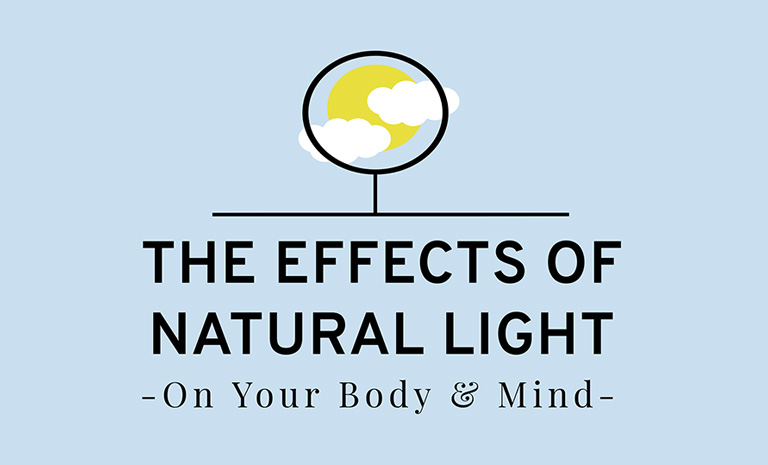
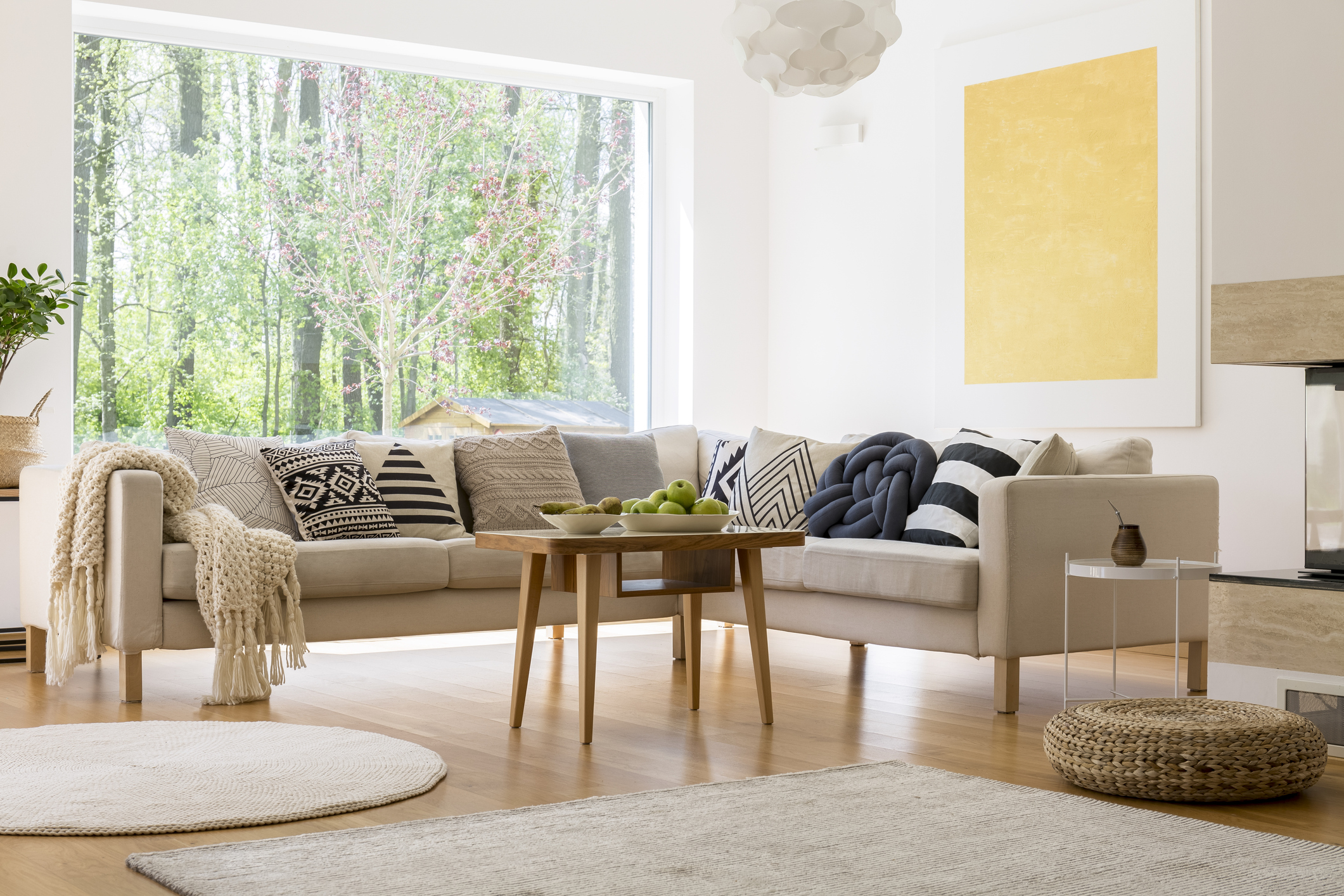

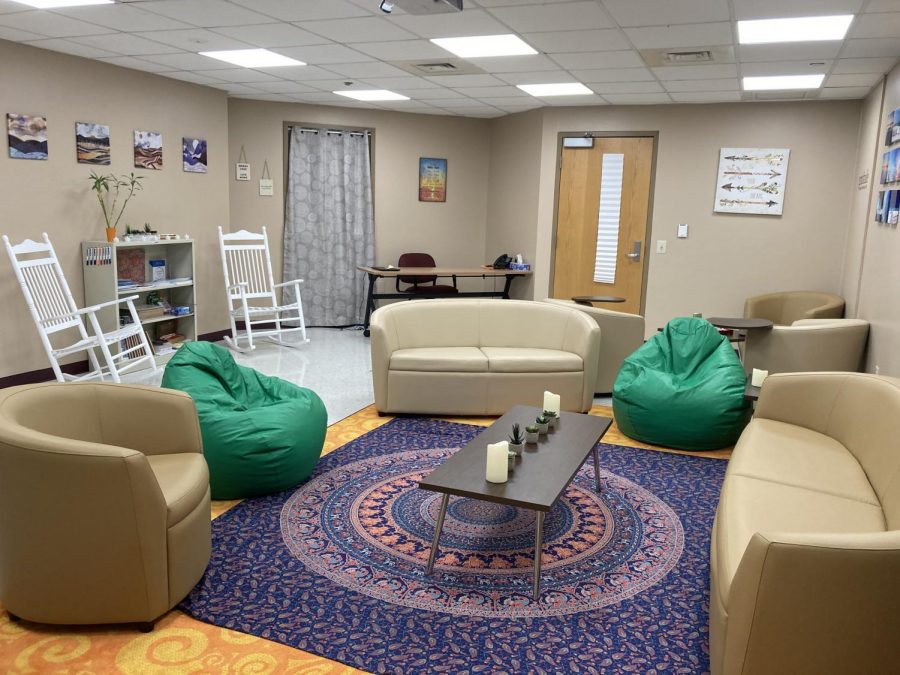

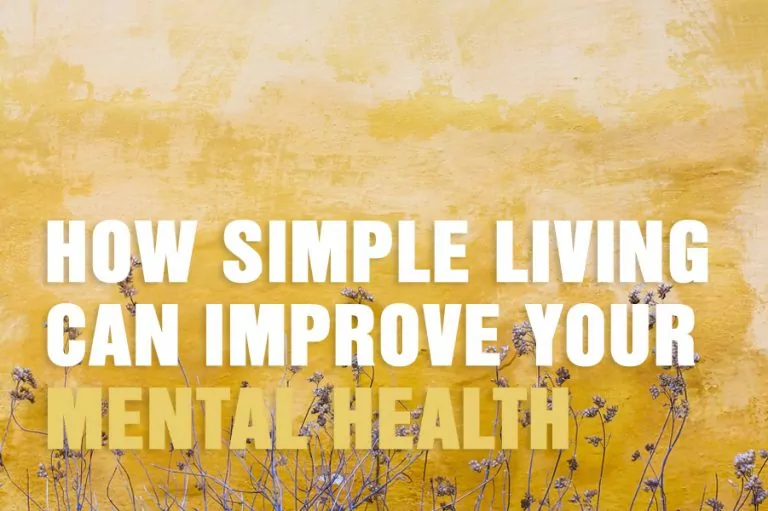










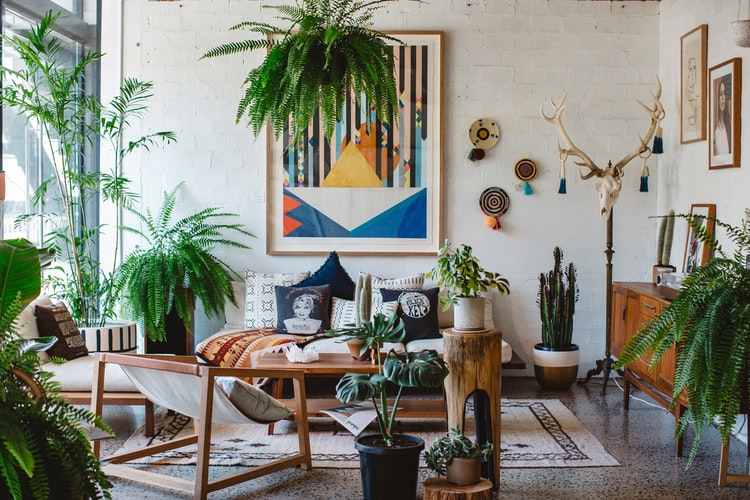


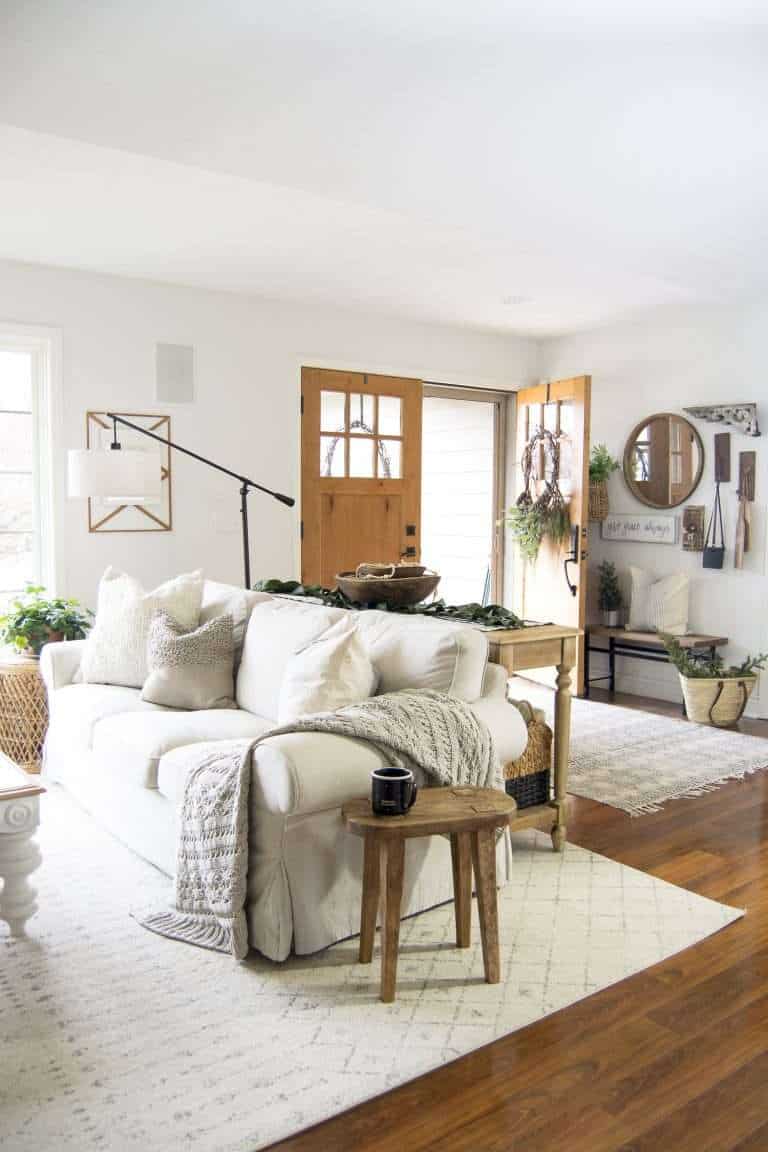
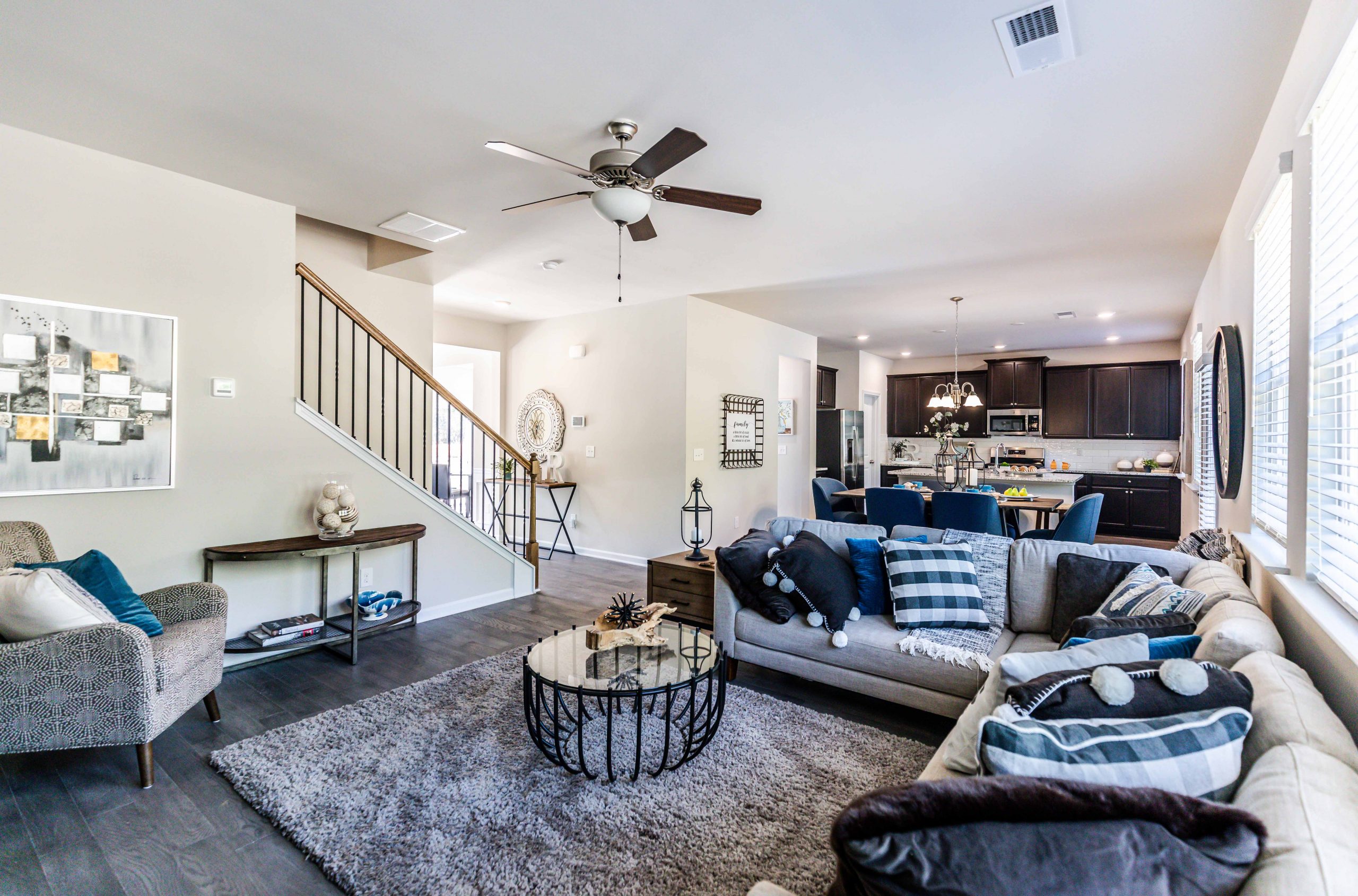
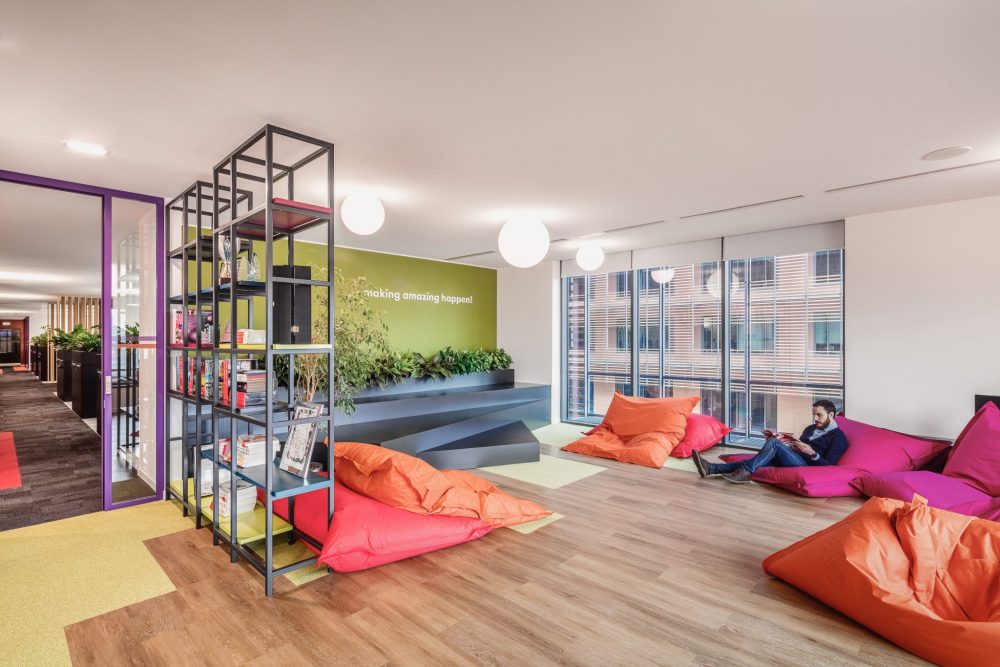
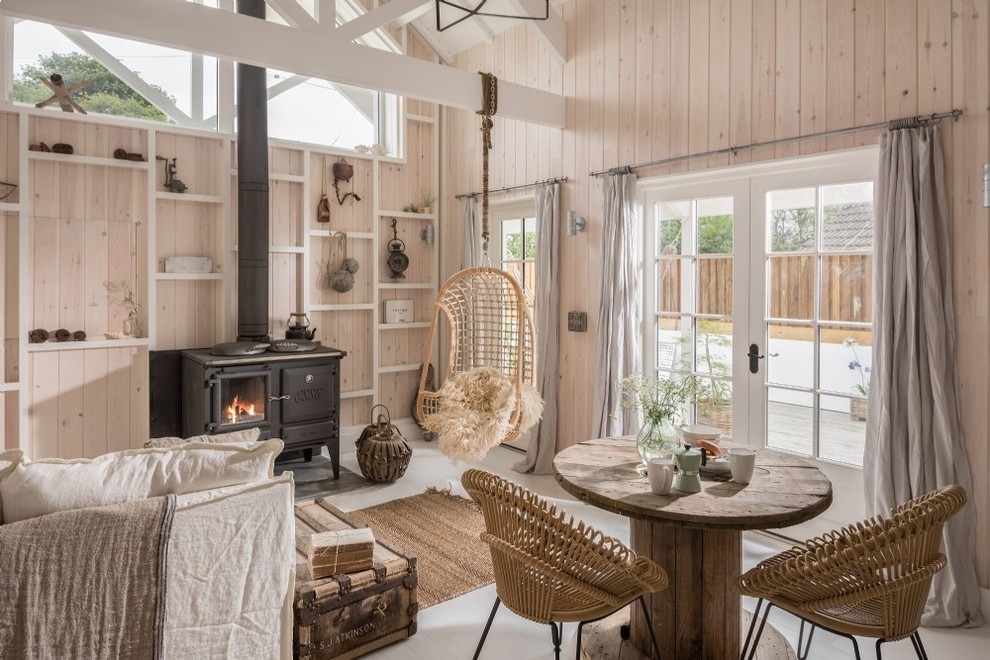
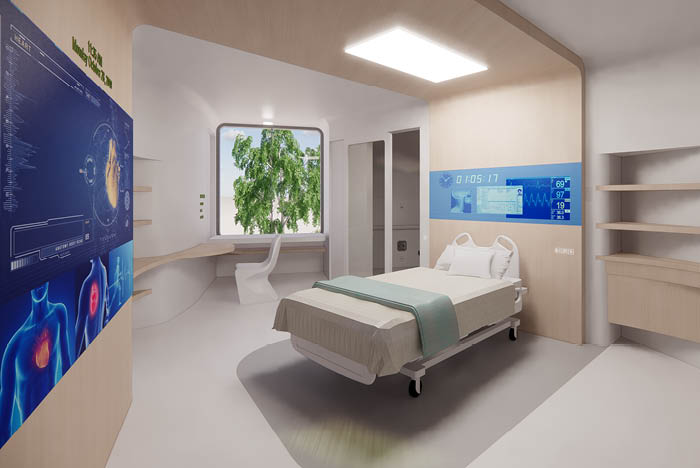





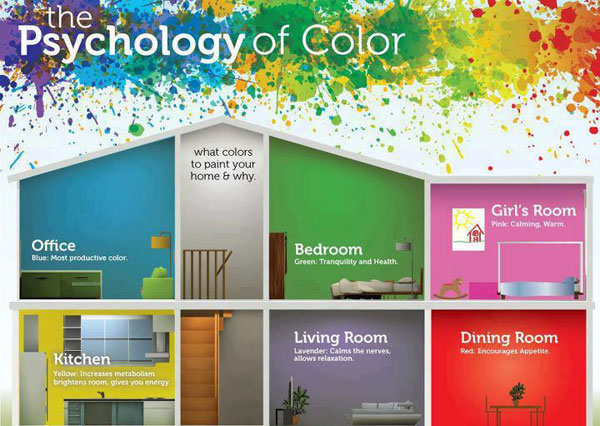

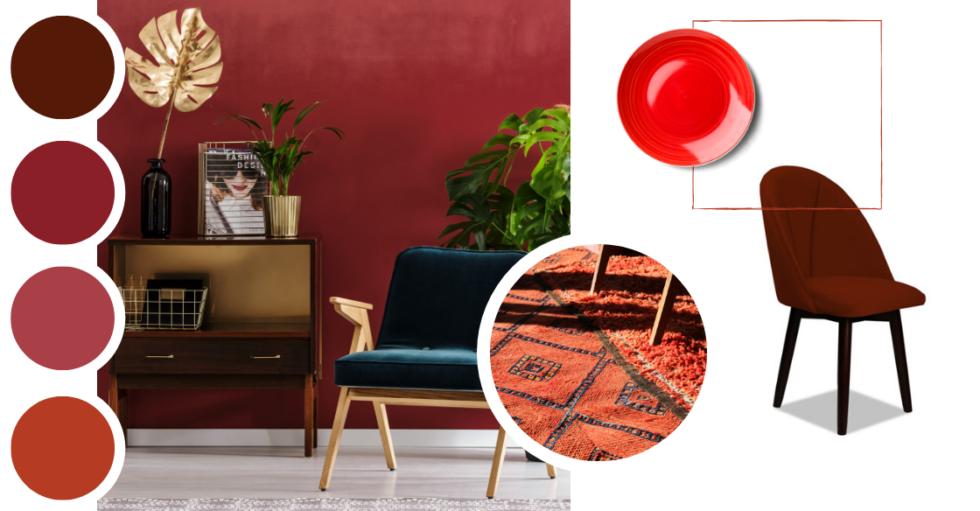

/2795824-color-psychology-5b0478de04d1cf003aac1625.png)








